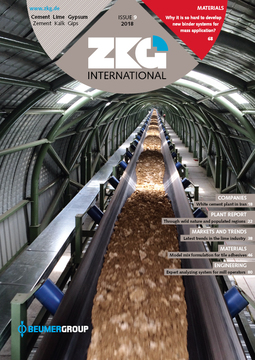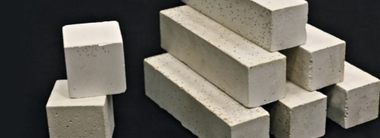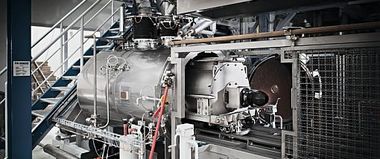Why it is so hard to develop new binder systems for mass application?
Within the last decade, a multiplicity of approaches towards green cements was proposed with the aim to significantly reduce the CO2 emissions associated with the production of ordinary Portland cement (OPC). However, there is currently no serious alternative to the universal OPC in the mid-term.
1 Introduction
There is broad agreement that the possibilities to significantly lower the CO2-emissions of cement production are limited. Traditional measures such as more efficient process technologies, increasing use of alternative fuels and rising shares of conventional clinker substitutes are even not sufficient to meet the self-given targets of the Cement Sustainable Initiative (CSI) [1]. Moreover, the widespread application of Carbon Capture Storage (CCS) technologies also seems not to be an appropriate alternative. Within the research community many scholars – all of them favor different...


![1 Global material extractions in four main material categories, 1970-2017 [6]](https://www.zkg.de/imgs/1/3/4/1/1/8/4/tok_bc12285cbfd5779db5cbeed63c0cd25d/w300_h200_x297_y421_Materials_Achternbosch_Figure_1-5dee893e3d108d89.jpeg)

![3 Development of cement production 1990-2017 [18]](https://www.zkg.de/imgs/1/3/4/1/1/8/4/tok_acb21450a76188c550f3d456441732ed/w300_h200_x297_y421_Materials_Achternbosch_Figure_3-cfdfe6378ce2392a.jpeg)
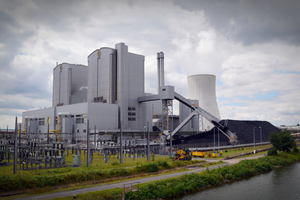
![5 Global average estimates of cement compositions [22]Left: 2014 Right: 2050](https://www.zkg.de/imgs/1/3/4/1/1/8/4/tok_e2d49d5215cd754e5c84466f7f63c734/w300_h200_x297_y421_Materials_Achternbosch_Figure_5a-f21c76f1ad3268e3.jpeg)
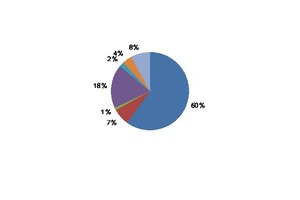

![7 Cement innovation system according [51]](https://www.zkg.de/imgs/1/3/4/1/1/8/4/tok_6493fa3cd8830013fe546a8c5b9b5680/w300_h200_x421_y297_Materials_Achternbosch_Figure_7-ba7ccc4755a65378.jpeg)
